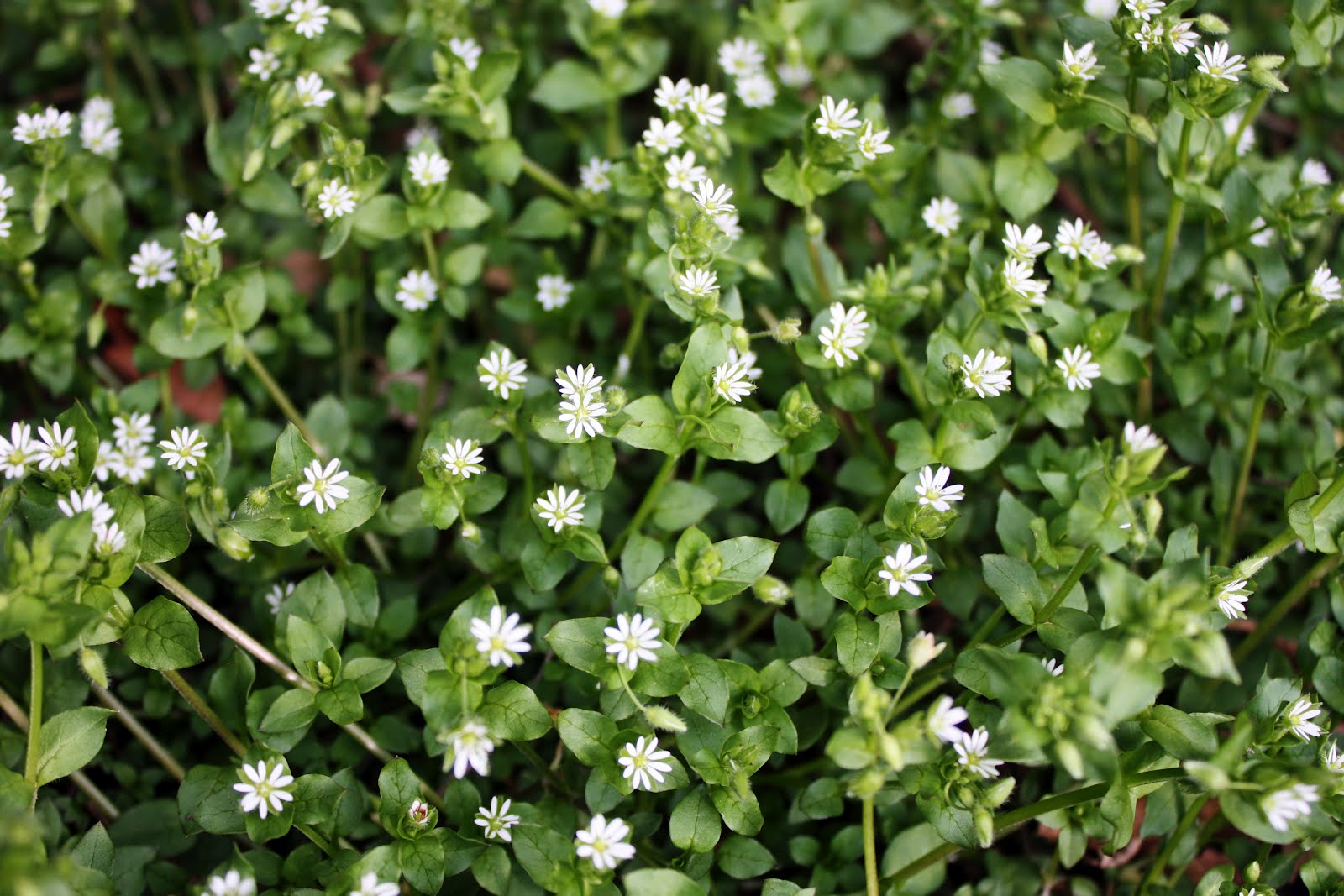Chickweed, or Stellaria Media, is a prolific wild edible green. In most areas Chickweed is an early spring crop, that prefers to grow in partial shade, but in warm areas with enough moisture it is capable of growing year round. Chickweed can be identified by its alternating pairs of egg shaped leaves, small white flowers, and its unique stems which have “hairs” on only one side. Here are some of the characteristics that make Chickweed an important addition to your wilderness menu…
- Though most common in Europe and North America, Chickweed can be found all over the world in warm, moist, partially shaded areas.
- Though the leaves of Chickweed are smaller than most edible greens it is well worth your time and energy to harvest the plant since all portions of the plant are edible. The stems can be harvested at the base of the plant and can be consumed with the leaves and flowers.
- Chickweed can be eaten raw, though the stems are not as palatable as when they are lightly cooked.
- Chickweed is high in nutrients such as Calcium, Iron, Niacin, Selenium, GLA, Beta-carotene, and Vitamin C.
- Chickweed tends to grow in large groups which means that you will be able to return for further harvests day after day.
- Chickweed is not only edible, but medicinal as well. It has a variety of supposed folk medicine benefits and is known to help in the healing of skin issues such as rashes, bites, or cuts. It can be chewed into a spit poultice and applied to the affected area.
People in living in most areas can start to expect to see chickweed as early as next month. Take note of where it grows so that you can return to the area if you are searching for food.
Let Us Know What You Think...


